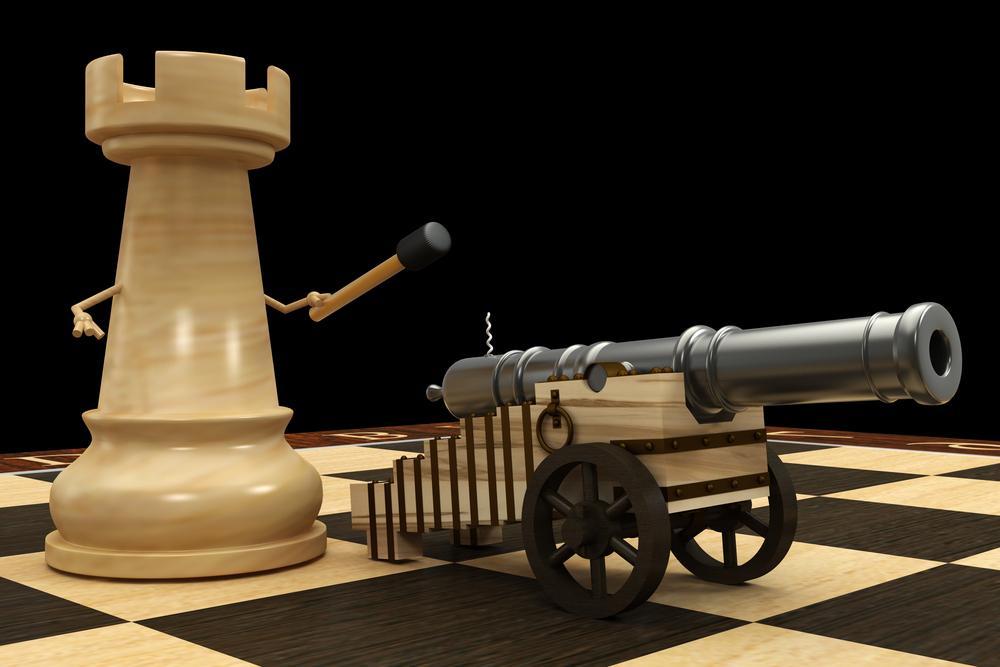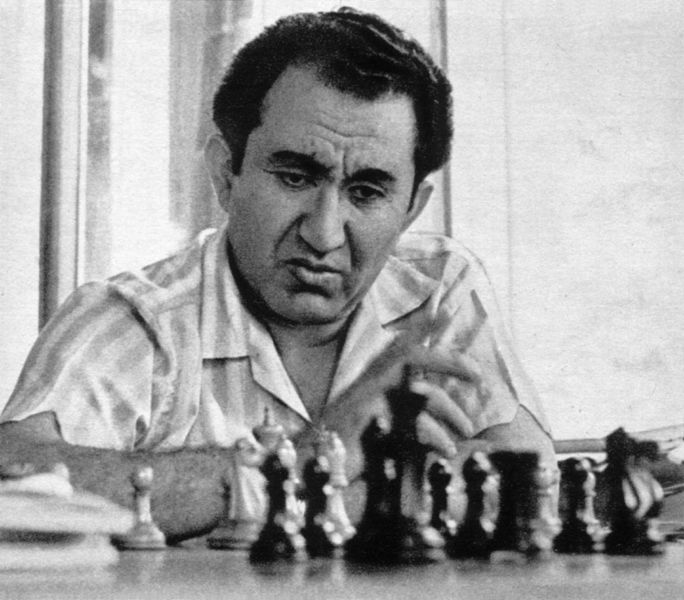
Tigran Petrosian's Breathtaking Exchange Sacrifices
It is impossible to become a world champion without mastering every facet of the game. Most champions, however, are remembered for their proficiency in one particular area of the game.
To this end, Wilhelm Steinitz is remembered as the founder of positional thought, Mikhail Tal as the undisputed patriarch of modern attacking chess, and Magnus Carlsen as, well, Superman in disguise.
Tigran Petrosian (1929-1984), the ninth world champion, is considerably harder to categorize. While his defensive and positional skills were unparalleled, closer inspection reveals that his tactical ability was quite breathtaking as well. Indeed, I believe that Iron Tigran was one of the first elite players with a truly universal style.

In his excellent work Learn from the Legends: Chess Champions at Their Best, GM Mihail Marin recalls the following episode:
I still remember the distant day in my youth when I entered the Russian bookshop in the center of Bucharest, hoping to find there, as was possible from time to time, some interesting chess books. I was rather disappointed to see that the only title available was a collection of Petrosian's game. Neither the title of the book, Стратегия Надежности (The Strategy of Safety), nor my general impression about the ninth World Champion's style of play were too inspiring, but I still decided to buy it.
Arriving home, I carelessly opened the book and saw a rather intriguing diagram: with his next move Petrosian placed the rook under the attack of two minor pieces. Somewhere in the annotations it was mentioned that such a sacrifice was rather typical for Tigran Vartanovich and this is how, quite unexpectedly, I started studying his games with great interest! (151)
I would like to dedicate this article, then, to an examination of this most unique aspect of Petrosian's style: his passion for exchange sacrifices.
One can find more than 30 successful exchange sacrifices throughout Petrosian's career, and every one of them is a joy to behold. Unfortunately, in the interest of space, we must limit ourselves to only a few specimens.
First, what are the three principal types of an exchange sacrifice?
1. Prophylactic. The sacrifice prevents an otherwise unstoppable threat or idea.
2. Positional. Strategic factors, such as the formation of a weak square or pawn structure damage, compensates for the material investment.
3. Tactical. The exchange is sacrificed to seize the initiative or ignite the flame of attack.
And now, let us look at each scenario through the lens of Petrosian's masterpieces.

1. The Prophylactic Exchange Sacrifice
Petrosian loved prophylaxis. He would stop at nothing to parry his opponent's threats, and this mindset irked his opponents to no end. The following game is a case in point.
25...Re6 is the hallmark of a true positional virtuoso, wouldn't you say?
2. The Positional Exchange Sacrifice
In the following high-level battle from Petrosian's later years, he exploits the deficiencies inherent in his opponent's position.
A fantastic display. To be sure, Petrosian's play was not flawless — even world champions are not immune to occasional lapses — but it was more than enough to produce a convincing and aesthetically pleasing victory.
3. The Tactical Exchange Sacrifice
The next game needs no introduction. Between a wild tactical battle and a long maneuvering game, Petrosian would definitely prefer the latter, but his opponents' tactical sloppiness never went unpunished.
Many years ago, I attended an excellent U.S. Chess School camp led by GM Gregory Kaidanov. On the last day, after presenting several of Petrosian's finest exchange sacrifices, he challenged every student to sacrifice an exchange (and win) before the camp met again in six months. I took up the gauntlet and, a few months later, this happened:
And now, dear reader, I pass the challenge on to you. Channel your inner Petrosian!






